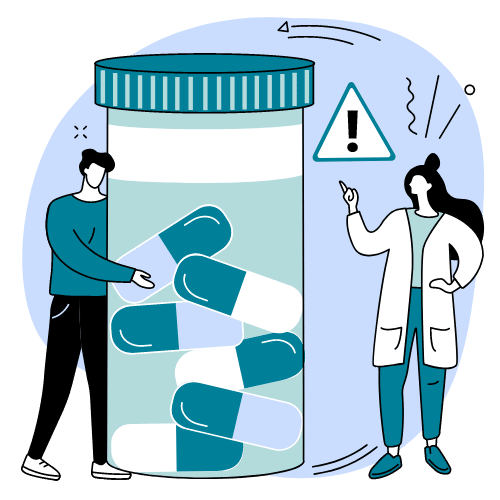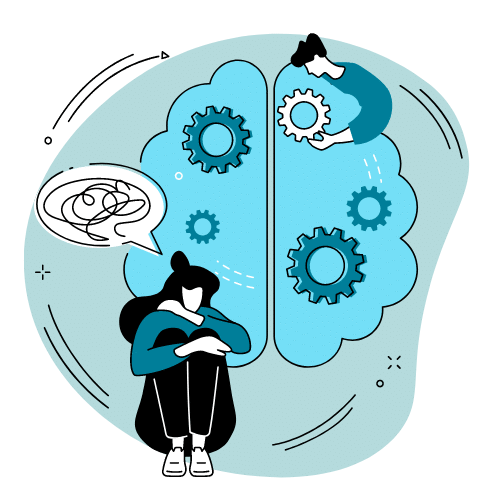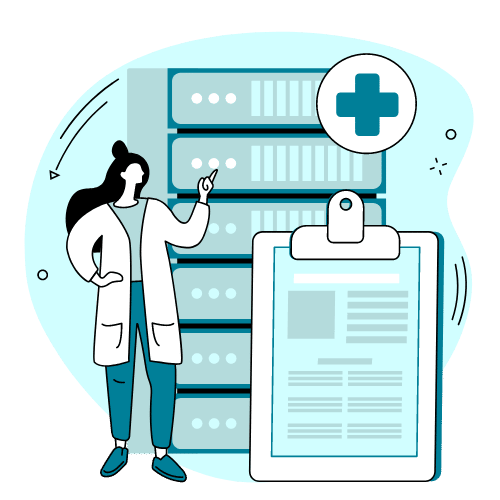Addiction, like many other health conditions, typically doesn’t occur overnight. Alcohol use disorder (AUD) is a condition that progresses, getting more severe over time. In the United States, alcohol is legal and socially accepted. Many occasions – from after-work happy hour to Sunday football games –involve alcohol. What can start as a fun and relaxing way to unwind at the end of a long week has the potential to lead a person down a dark path toward addiction and physical and psychological dependence. Alcohol addiction treatment in Pittsfield, MA is offered by Swift River to help you or a loved one. For help understanding the stages of alcohol use disorder, call 413.570.9698 today.
In the vast majority of cases, someone who suffers from alcohol use disorder develops the condition over months or even years. Everyone’s unique biology, environment, and upbringing can play a role in how addiction can develop and affect their lives. The specific triggers, progression, and causes of addiction will always vary from person to person. That said, certain universal signs and symptoms begin to show themselves as a person progresses into AUD.
To help clarify how alcohol use disorder can progress, medical professionals have outlined four stages of AUD: pre-alcoholic, early alcoholic, middle alcoholic, and end-stage alcoholism.
The Stages of Alcohol Use
E. Morton Jellinek was the first person to really study alcohol use and its effects. His research led to a publication in 1946 that established the framework for alcohol use and its impact on a person’s total wellbeing. Later research has improved and refined his initial work, but he nonetheless shaped the study of alcoholism.
Jellinek’s research identified the four main stages of alcohol use as:
- The Pre-Alcoholic Stage
- Early-Stage Alcoholism
- The Middle Alcoholic Stage
- End-Stage Alcoholism
1. The Pre-Alcoholic Stage
The signs of the pre-alcoholic stage can vary from person to person due to the different ways alcohol can affect different people. Alcohol’s initial energizing and mood-elevating effects result from how the drug interacts with the brain.
When alcohol reaches a person’s brain, it tells it to release “neurotransmitters” or chemical messengers. These messengers are responsible for feelings of pleasure, happiness, and contentment. As a person starts to drink larger amounts and more often, the brain stops releasing these chemical messengers. Before long, a person will need alcohol to tell the brain to make the person feel pleasure.
This situation is the basis for physical and psychological dependence. During this first stage, alcohol use is an activity that may help the person relax, feel more comfortable in social situations, and even help them sleep. Because drinking alcohol is such a large part of many activities American adults engage in, it may be tough to identify whether or not a person is in the pre-alcoholic stage.
A person in this stage may engage in drinking more than average, but it hasn’t necessarily started to affect their life negatively. You may notice they always have a drink in their hand at social events, or they turn to drinking as their preferred way to relieve stress. If a loved one regularly uses alcohol to cope with the difficulties of daily life, they may be in the middle of the pre-alcoholic stage.
2. Early-Stage Alcoholism
If a person’s drinking has progressed to the point where they are binge drinking regularly and having memory blackouts, they have most likely progressed to the second stage of alcohol use.
While these behaviors can simply be a sign of experimentation, especially in teens and young adults, other times, it can be a sign that a person’s alcohol use is progressing to alcohol abuse. This person may not drink every day, but they drink multiple times per week, and most of their social activities center around drinking. If a person drinks to excess regularly, their body and mind begin to adjust, leaving them in danger of a rapid progression of alcohol use. When a woman consumes about four standard alcoholic drinks within a two-hour period, or a man drinks five drinks in the same period, that is considered binge drinking.
Memory blackouts occur when alcohol shuts down the area of the brain responsible for making memories, leading to periods of time the person doesn’t remember. If a person enjoys the feeling of rapidly getting drunk or tries to get drunk as quickly as possible, this may indicate the start of a deeper issue.
This stage of alcohol use is much easier to spot than the first stage. The person will regularly binge drink and have memory blackouts. They may even joke about how hungover they are and swear to never drink again, only to return to binge drinking a couple of days later. This is the stage where alcohol habits start to be cause for serious concern.
3. The Middle Alcoholic Stage
At this stage, a person’s drinking habits become easily noticeable to friends and loved ones. While some people are skilled at hiding or lying about their drinking habits, it becomes very difficult to hide if they’ve progressed to this stage of alcohol use disorder.
They will start to see the negative consequences of their drinking as it affects their performance at work and/or school, and it takes a toll on their personal relationships. Some of the noticeable signs of this stage in alcohol use progression include:
- Drinking while at work
- Being intoxicated while driving
- Drinking while looking after children
Because their body has built a tolerance to alcohol, they have to drink more often and in higher amounts to get drunk. Some signs to look out for include:
- Facial redness
- Bloating
- Shaking
- Sweating
- Weight gain
- Memory loss
When a person is in the middle stage of alcohol use, they prioritize drinking above their career, relationships, and/or education. At this stage, treatment for alcohol use can be very helpful as their drinking typically hasn’t started to cause severe damage to their brain and body.
4. End-Stage Alcoholism
During this stage in the progression of alcohol use, the consequences of a person’s long-term drinking habits become impossible to hide. Drinking becomes an all-day activity, not just at night or to be social.
The person’s priorities shift to making alcohol the most important thing in life. Because of this, it may be impossible for them to hold down a job or maintain relationships. When a person is in the end stage of alcohol use disorder, it can be very difficult, if not impossible, to quit drinking on their own. A person in this stage can expect significant health problems, including liver damage, heart disease, and other alcohol-related illnesses.
This is the most dire stage of alcohol use because it has most likely ruined all aspects of a person’s life, including their relationships, employment, schooling, finances, and mental wellbeing. Someone in this stage needs to seek professional treatment as soon as possible as they will likely drink themselves into serious health problems or even death.
Swift River Is Here to Help at Every Stage of Alcoholism
At Swift River, we believe it is never too late for someone to begin their recovery from alcohol use or dependence. We’re here to help form a compassionate, evidence-based alcohol treatment program. Admitting you or a loved one needs help for drinking can be scary, but it will take you one step closer to a healthier and happier future. Contact us today at 413.570.9698 to learn more.













